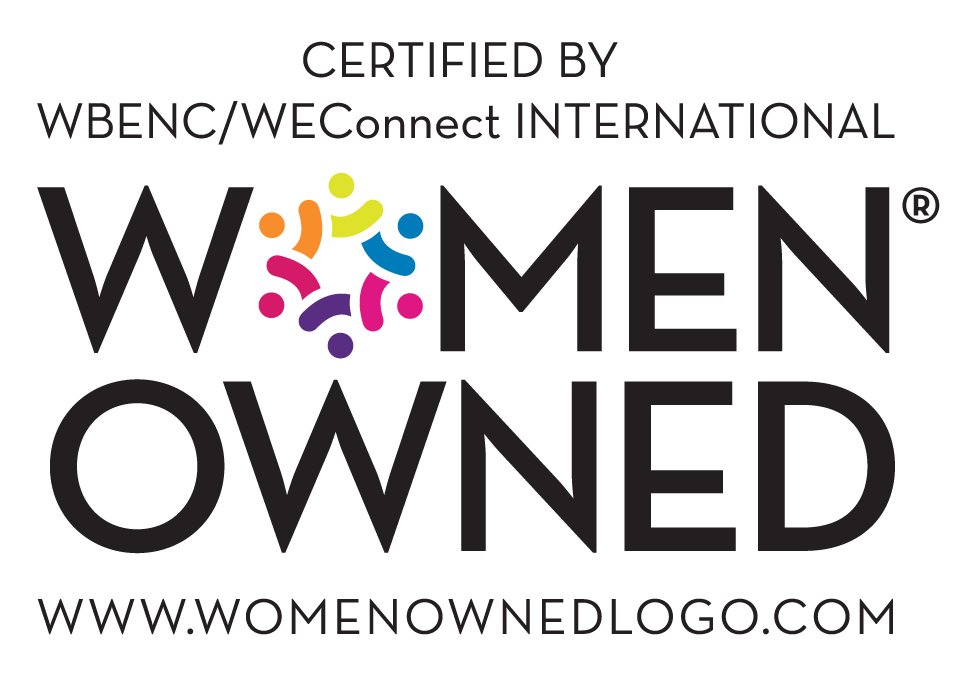Part 3 of a 5-part series on becoming and staying a curious leader.
Multipliers are leaders who look beyond their own genius and focus their energy on extracting and extending the genius of others.
Liz Wiseman, Multipliers: How the Best Leaders Make Everyone Smarter
Liz Wiseman discovered that Multipliers got twice as much out of their staff than other leaders. To be a Multiplier, leaders are empowered rather than threatened by the growth and development of the people around them.
While most organizations committed to improvement understand the need for continuing education and learning, how do leaders actually accomplish the mindset shift needed to change organizational culture? There are loads of articles that measure “learning,” but how can managers create a “learning culture”? What inspires curiosity or the desire to continue learning? How do we get started?
Your learning power is what it takes to learn well. The Towers Perrin study(2008) of 90,000 workers from 18 different countries defined seven dimensions of learning power:
- Changing and learning: Foster your employees’ belief in their ability to learn through effort. Create a growth mindset.
- Critical Curiosity: Mentor a desire for discovery and show your staff that you want to get below the surface.
- Meaning Making: Look for links between what you’re learning and what you already know.
- Independence and Resilience: Be risk tolerant. This might mean allowing an employee to try a new strategy without fear of failure. Schedule time to debrief and demonstrate learning.
- Creativity: Look at things from multiple perspectives, within and outside of your organization. Where is the fun? Where is the spark? What brings meaning?
- Learning Relationships: Do your people understand how they work interdependently?
- Strategic Awareness: Be cognizant of your learning and progress. What are your goals? How will they help your organization?
Let’s unpack. What can you as an organizational leader do to cultivate the learning power of your employees?
Acknowledge your employees. Let them know they matter. Understand what’s behind employee satisfaction data.
Model learning in your role. Create opportunities to learn from your staff. Learn in public by sharing about past mistakes and what learning they created.
Provide opportunities for employees to learn. Human resources platforms provide learning management systems. Make learning available to your employees and reward learning, even in areas that may not seem to directly apply to their roles.
Think of all the ways you can perforate boundaries and stimulate the exchange of ideas. These are the beginnings of creating a mindset shift within your organization.




